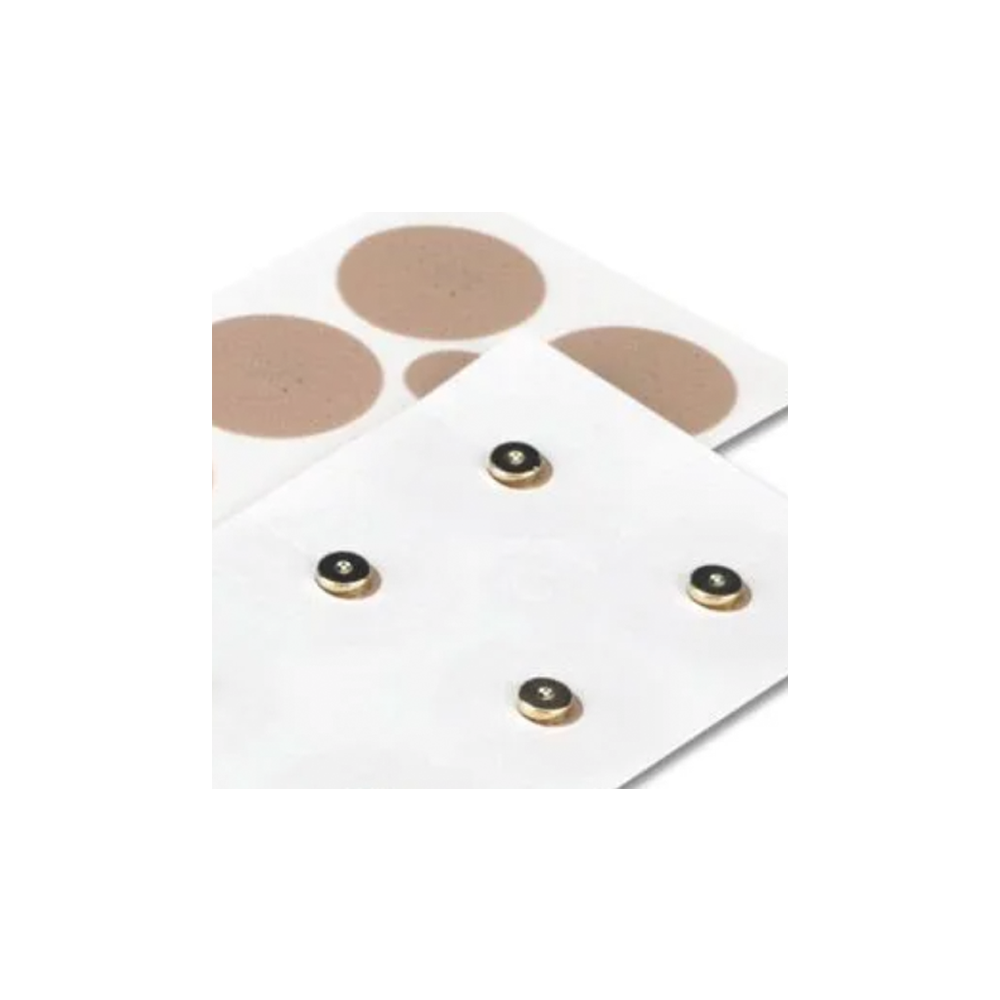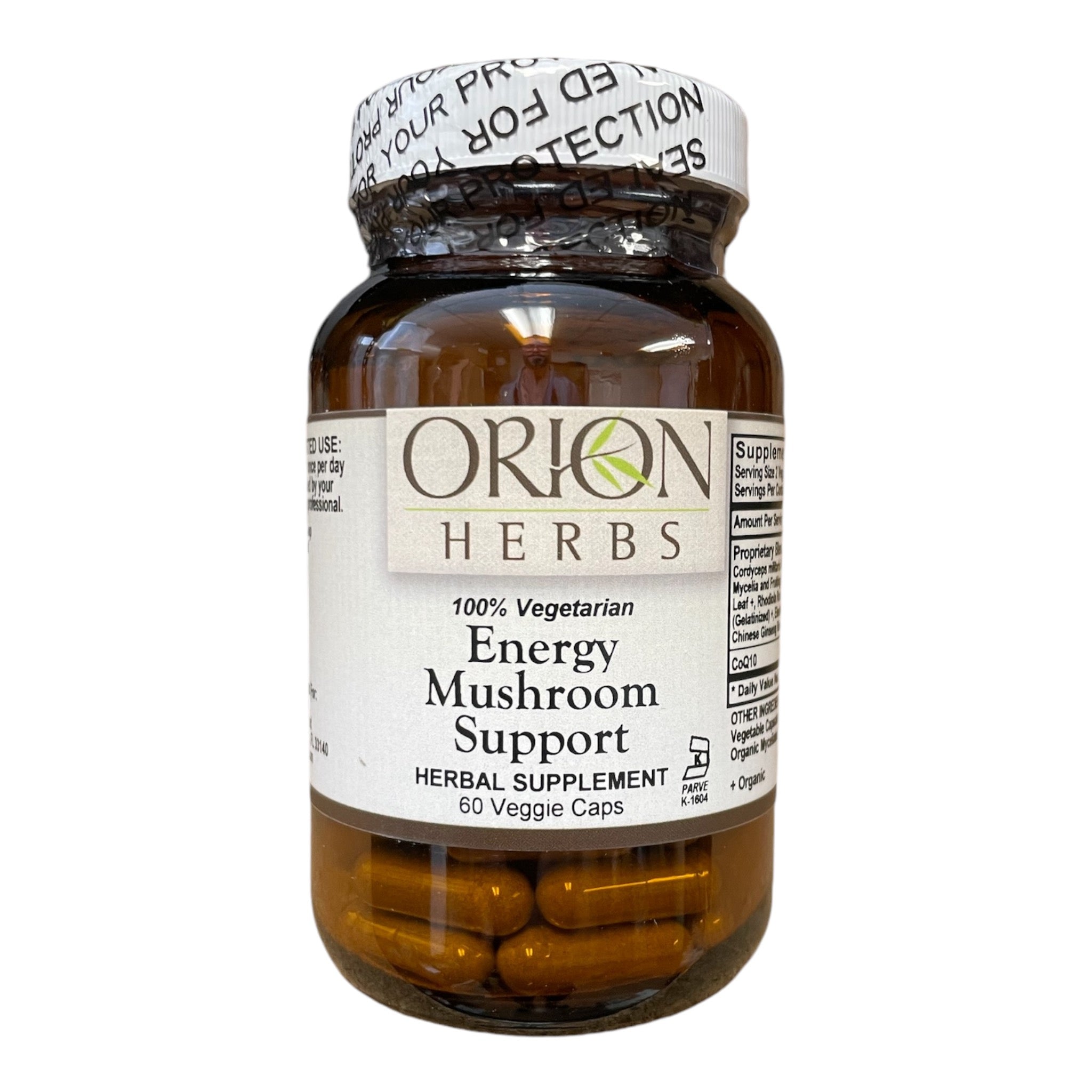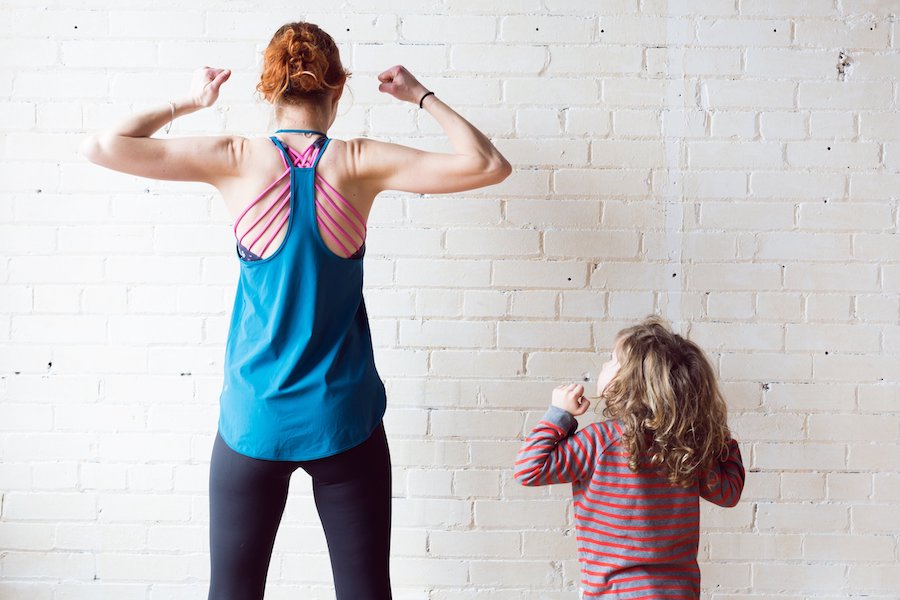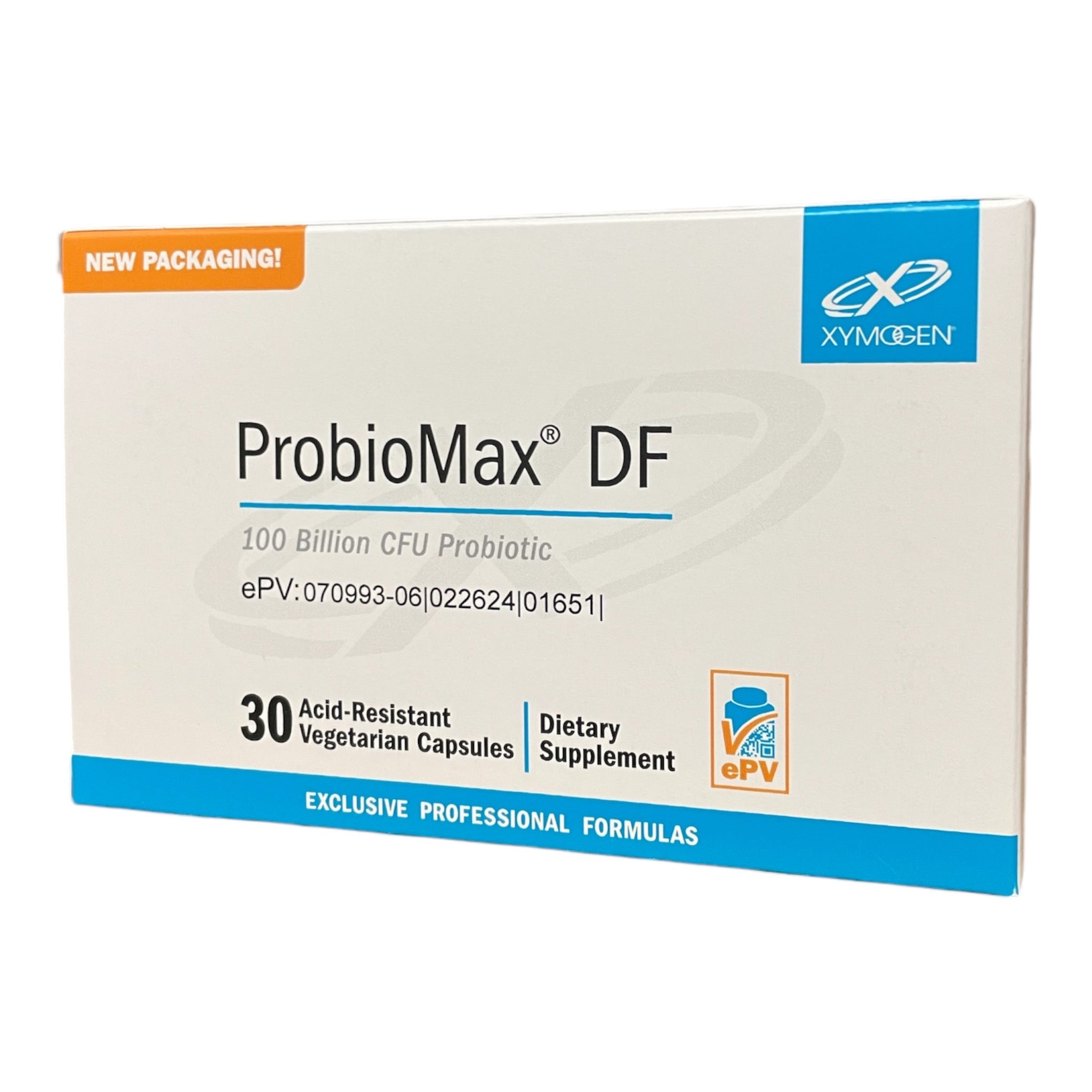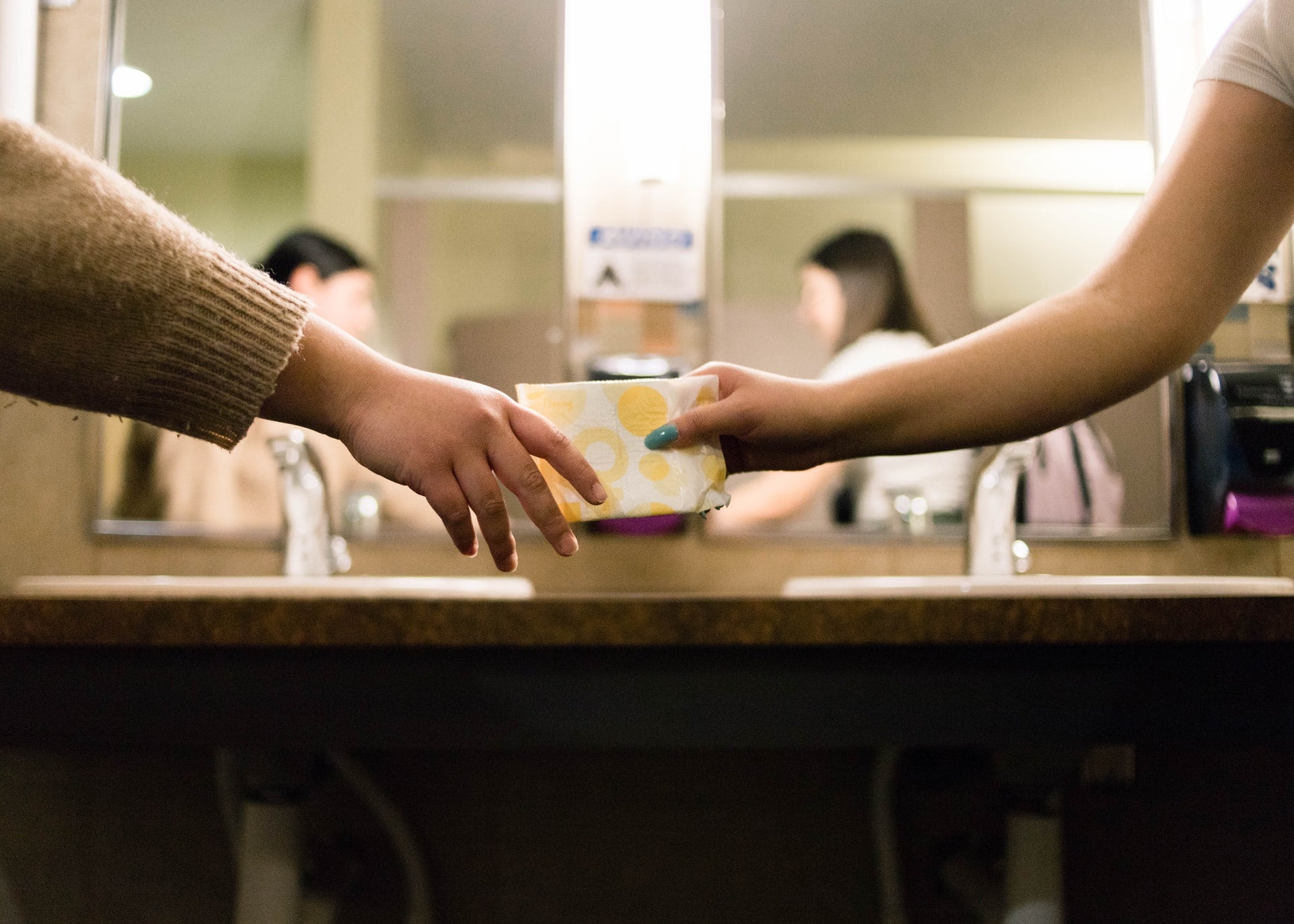
Laura Taylor (our guest writer) is a certified DONA Doula, Prenatal Yoga teacher, mommy of three and the newest member of the Orion Herbs team.
Menstrual problems are an issue faced by millions of women every month. From the cramps and bloating to mood swings that can send family members into hiding for a few days, PMS can range from annoying to extremely disruptive. Menstrual problems can take a serious toll each and every month, affecting a woman’s ability at work and at home. Understanding the causes of menstrual problems and finding ways to alleviate symptoms can make this monthly occurrence a bit easier to deal with.
What Causes the Menstrual Problems Women Experience?
The exact causes of PMS have been difficult for scientists to pin down, mostly because the symptoms each individual woman suffers from can vary widely. Researchers do know that hormones are the catalyst for the menstrual problems we experience. Hormones in our bodies fluctuate as a normal part of our fertility cycle. When our bodies prepare for pregnancy, hormone levels will rise, and when a woman becomes pregnant these hormone levels stay high. However, if pregnancy does not occur, hormone levels will drop off to their lowest levels as our bodies prepare to shed the uterine lining that is unneeded and causing the symptoms women experience.
Prostaglandins are responsible for helping the uterus shed its lining if no pregnancy occurs. The level of prostaglandins increases in preparation for menstruation and it is this pseudo hormone that is believed to increase inflammation, pain and cause water retention. Mood swings and depression are thought to be caused by the roller coaster of the hormones estrogen and progesterone that women experience every month, and for some, stepping on a roller coaster can be exactly what having mood swings can feel like.
11 Natural Tips to Help with Menstrual Problems
Natural remedies can be very effective in helping to alleviate the menstrual problems that may occur prior to menstruation. Being proactive in reducing menstrual problems is your best defense; there are many ways to improve menstrual problems and you may have to incorporate several to find the relief you need.
1. Diet – Eating lots of fresh vegetables, fruits and whole grains ensures that your body has the essential nutrients it needs to combat inflammation and keep hormones as stable as possible, as well as boosting levels of the B vitamins that can improve moods.
2. Exercise – Exercise can increase blood circulation and oxygen to the uterus, reducing inflammation and easing cramps. Exercise has also been known to elevate serotonin levels, which can be a big help in reducing mood swings and depression.
3. Swimming – Swimming is particularly good for cramps, especially swimming in a heated pool. In addition to the benefits that exercising gives you, the flowing water as well as the heat can sooth the pain, and standing near flowing sources of water while in the pool may be especially beneficial.
4. Niacin – Niacin is a member of the B vitamin family, also referred as B3. It has many important roles in your overall health, such as combating fatigue and depression. When it comes to menstrual problems, not only does Niacin aid with mood swings and depression, but it also acts as an antispasmodic that can help to relieve painful cramps. Niacin also helps to increase blood flow, which can help to decrease the intensity of your cramps.
5. Avoid Junk Food and Caffeine –Junk food is full of sodium, which can cause increased bloating. They also contain fat and sugar that will cause weight gain, which will only intensify all of your menstrual problems. Sugar also leads to fluctuations of your blood sugar, which can increase mood swings. Caffeine affects your blood circulation by shrinking blood vessels, which can increase inflammation, cramps and bloating.
6. Black Cohosh – This supplement has long been used to help with menstrual problems, because of its anti-inflammatory properties and phytoestrogens. It can be especially helpful for cramps and can be a good alternative to taking an over-the-counter anti-inflammatory.
7. Increase Vitamin Intake – There are many vitamins and minerals that have been shown to help with menstrual problems, such as calcium, B6, zinc, magnesium, and omega-3 fatty acids, so it may be to your benefit to find a good multivitamin. Iron is also critical for those with heavy periods, since blood loss can reduce iron levels, which in turn can worsen menstrual problems.
8. Massage – Stress has been shown to be a major contributor to menstrual problems during PMS. Massage can help you to manage that stress, but it can also have a direct impact on cramps and backaches by relaxing all of the surrounding muscles, which often encourages the muscles of the uterus to relax as well.
9. Relaxation Techniques – Meditation, Yoga, and Pilates offer a number of benefits for menstrual problems. All of them help to manage stress, and Yoga and Pilates can help to increase blood flow and oxygen, which helps to decrease inflammation and ease cramping. Stretching during these exercises can relax muscles and provide some relief as well.
[menstrual problems]
10. Heat – Heat is often recommended for cramps, and for good reason. Cramps constrict the blood vessels in your uterus, which can block oxygen and intensify the pain you feel. Heat is a good vasodilator and muscle relaxant, so it helps the blood and oxygen get back to where they need to be.
11. Get Plenty of Rest – This is one that many women often miss, but making sure you get a full night’s sleep and even take out some time for a cat nap will help menstrual problems as well. Sleep lets your body recuperate and relax, and being well rested can help to combat mood swings, depression and cramps

